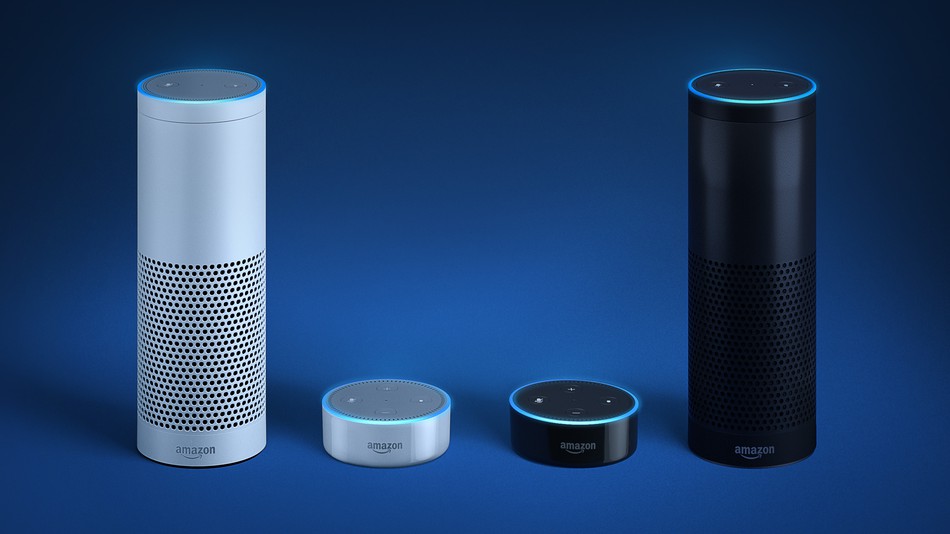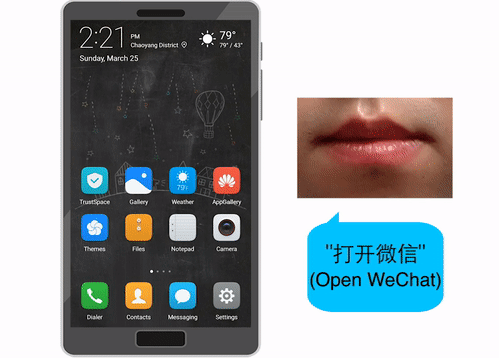Amazon has patented a technology by which a speech analysis system can recognize a sick person. In addition to the cold, which is proposed to determine by coughing and hoarseness, the system will also be able to recognize the user’s mood. It is assumed that the company will use this technology in its voice assistant Alexa.
Amazon introduced Alexa Voice Assistant in 2014. In addition to the device Amazon Echo, for which the assistant was originally developed, the company uses it in a variety of devices, from microwaves to cars. The company’s speech analysis technology is constantly being refined: for example, a year ago the voice assistant learned how to give personalized answers to different users, and recently an amateur developer taught Alexa how to respond to sign requests.
Now the company has patented the diagnosis of diseases by the user’s voice. The patent, which was approved on October 9, indicated that speech recognition technology for such diagnostics will be used in Amazon devices (for example, in the same Echo column). Of course, such a diagnosis will not replace the medical one: analyzing the temporal and spatial parameters of speech, as well as the change in voice due to cough and sore throat, Alexa can, for example, check with the user if he is not sick and offer to order medicines for him. With regard to the analysis of emotions, in this case, the system will have access not only to voice responses, but also to the user’s search history: the analysis will be supplemented with information on recent actions on the network. With this, the system will be able to determine, for example, that a person is sad or bored, and ask how he is doing and what he would like to do; also a voice assistant can suggest watching a movie. In the future, mood analysis can also be used to diagnose mental disorders, but the patent does not elaborate on this in detail.
Sources:
https://arstechnica.com/gadgets/2018/10/amazon-patents-alexa-tech-to-tell-if-youre-sick-depressed-and-sell-you-meds/
http://patft.uspto.gov/netacgi/nph-Parser?Sect1=PTO2&Sect2=HITOFF&u=%2Fnetahtml%2FPTO%2Fsearch-adv.htm&r=1&p=1&f=G&l=50&d=PTXT&S1=10,096,319&OS=10,096,319&RS=10,096,319


